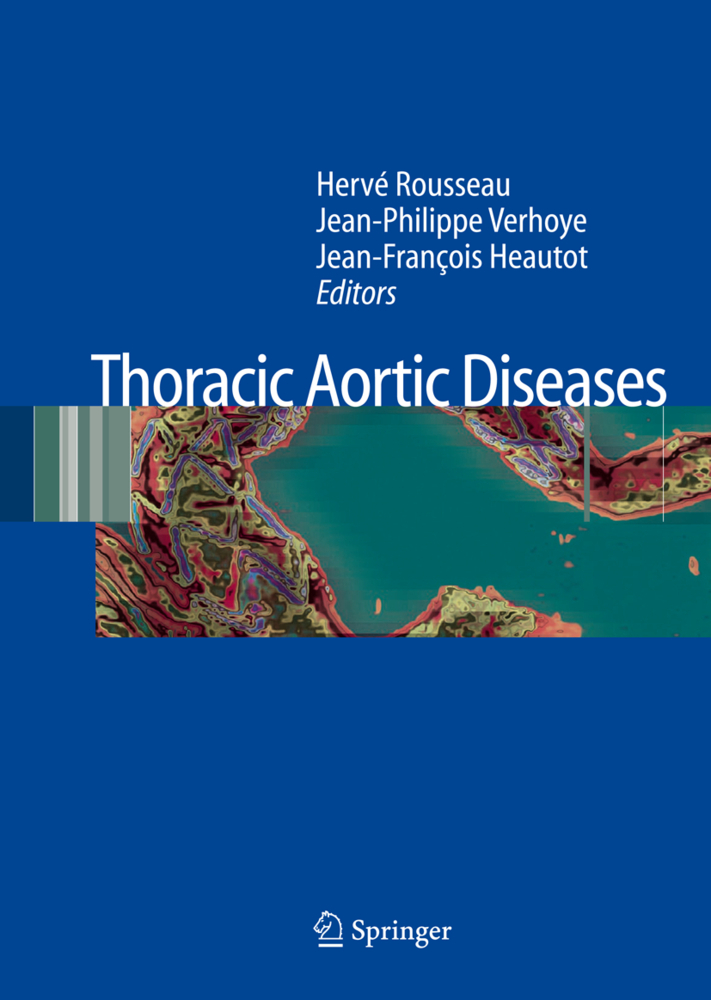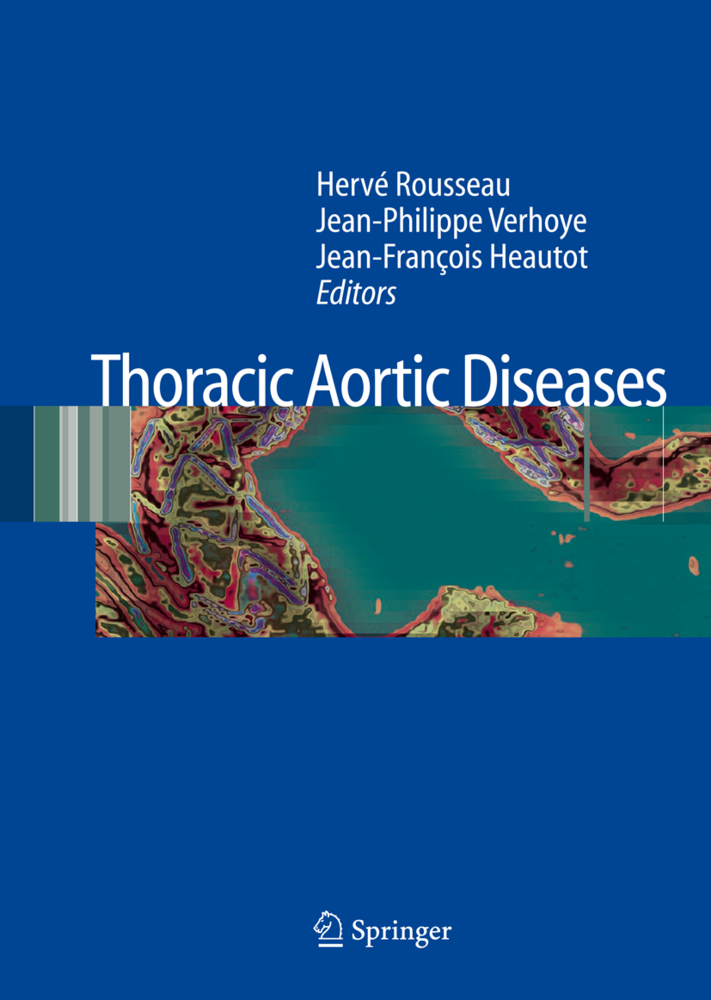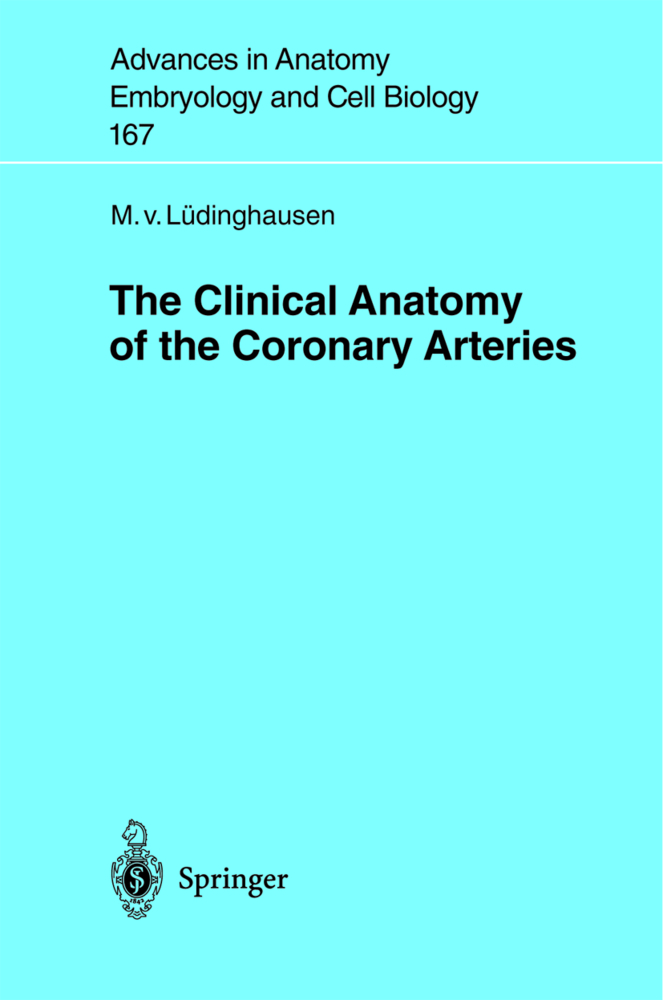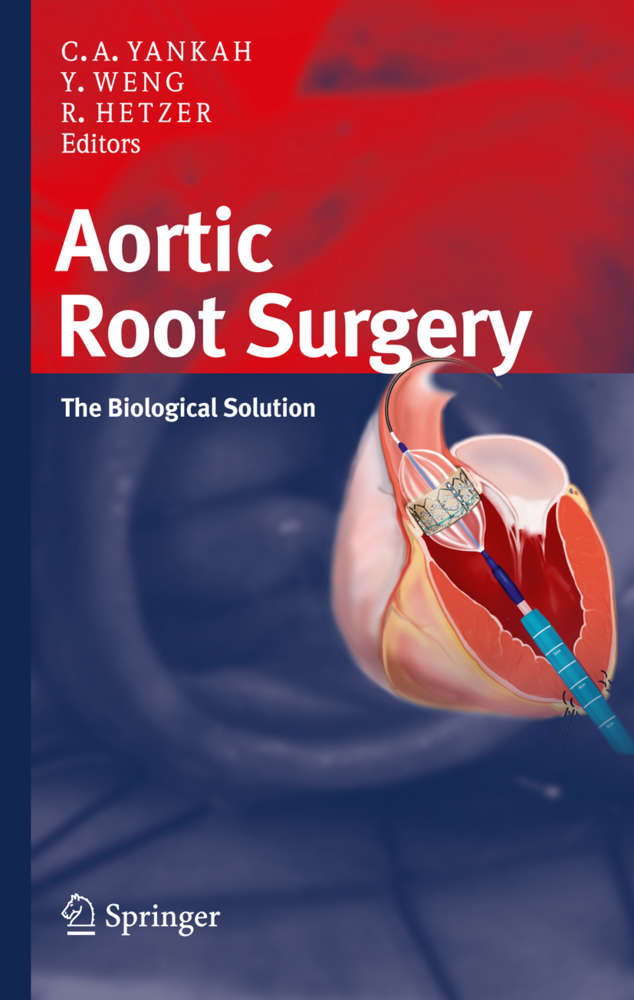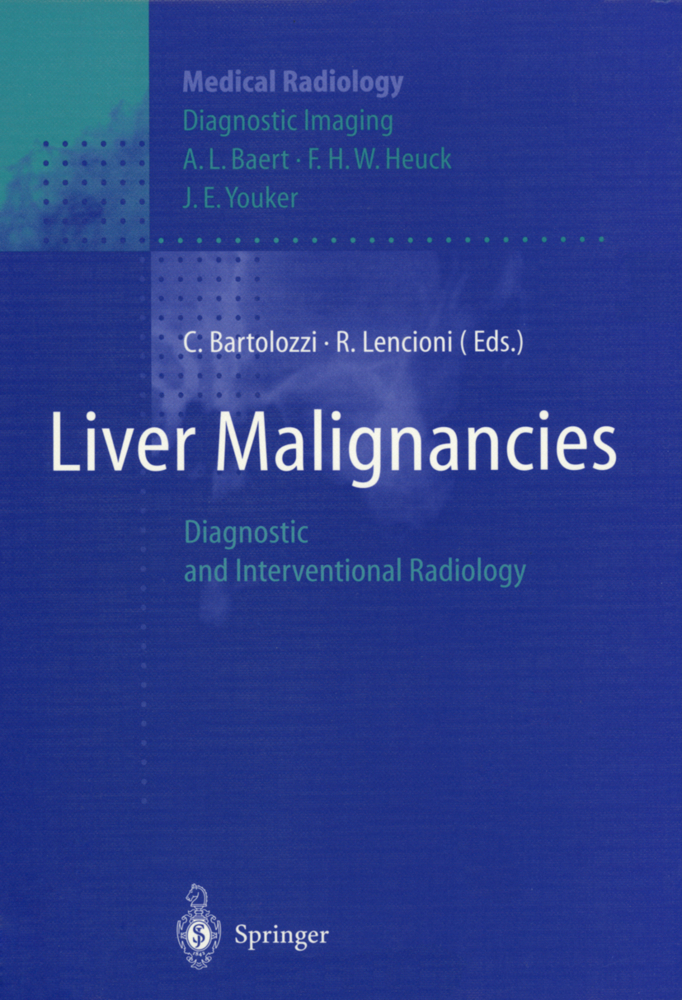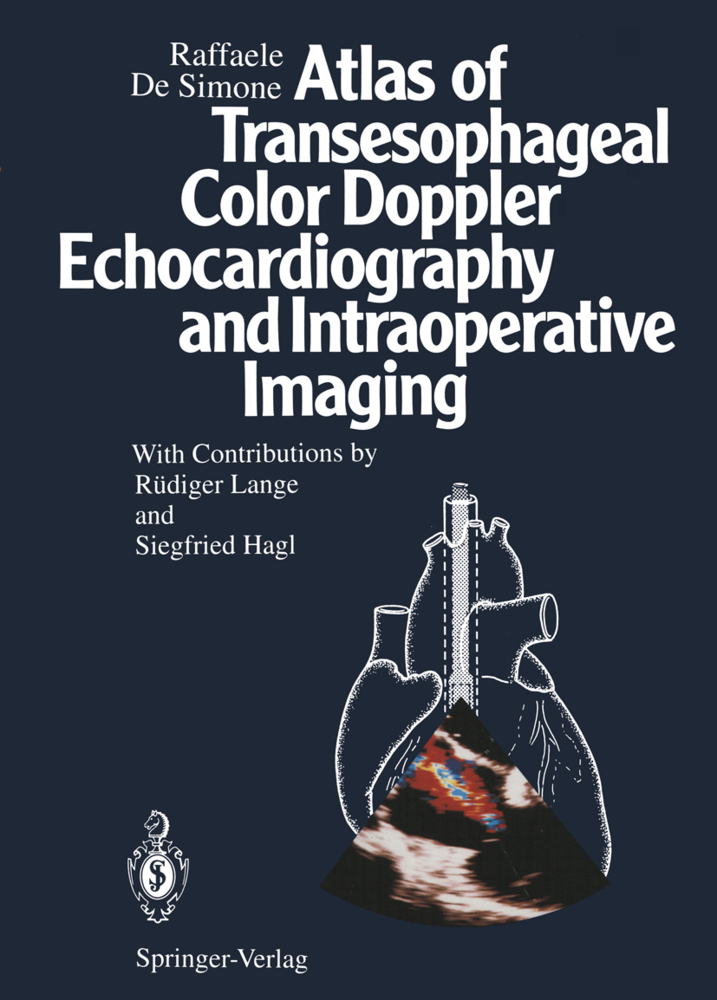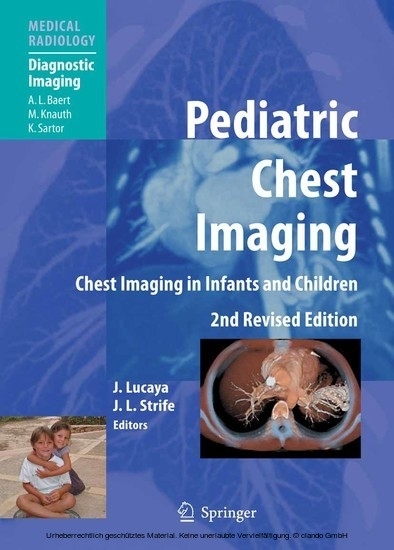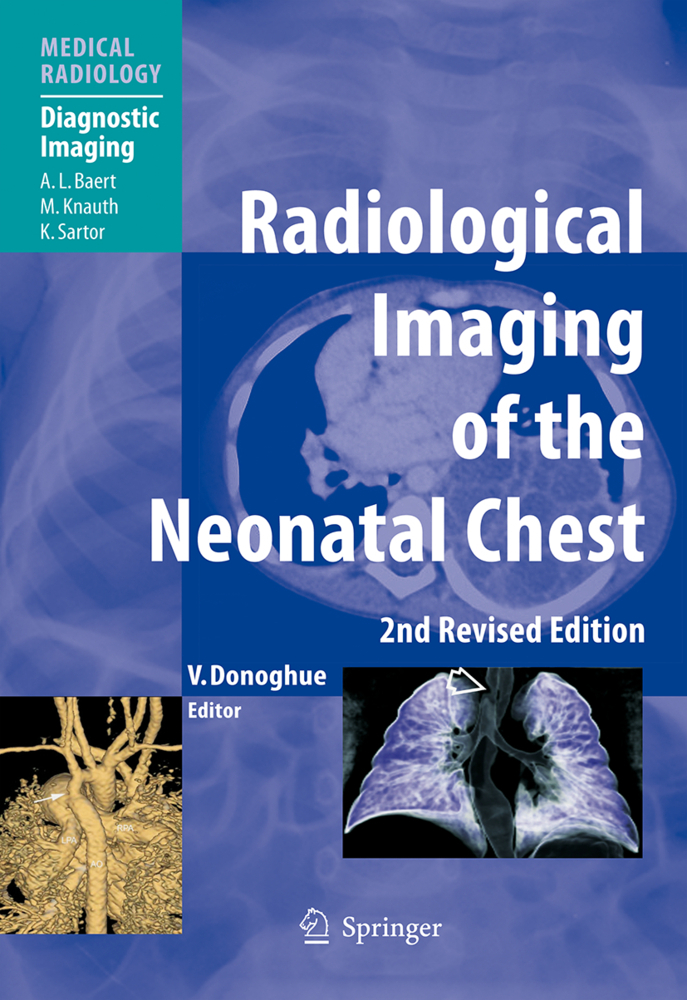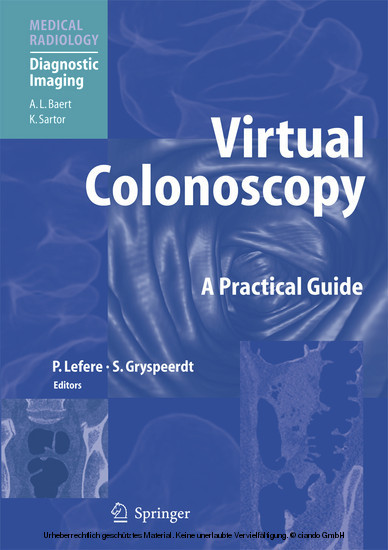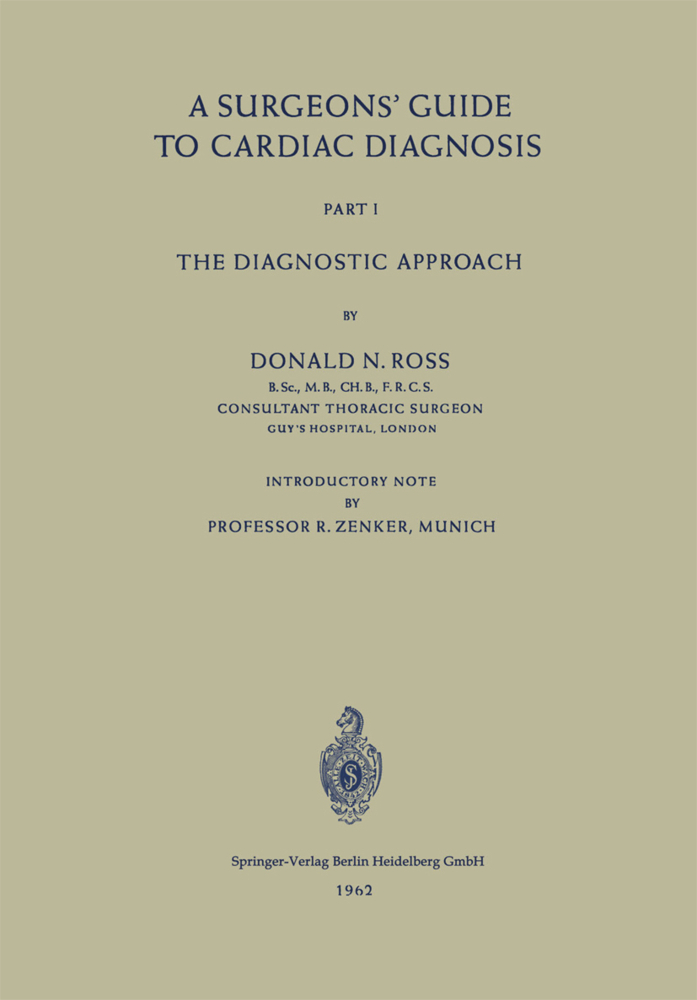The Venous Drainage of the Human Myocardium
The Venous Drainage of the Human Myocardium
The objective of this study is to present comprehensive morphological data, almost all of it is new, concerning the venous drainage of the myocardium via the coronary sinus and its related veins. This information is of great significance, not least for the sucessful coronary sinus catheterization and reperfusion of most, or single, cardiac veins.The author presents the three principal cardiac venous systems, the greater (major) cardiac venous, the smaller (minor) cardiac venous system, and the compound venous system. The work concludes with an evaluation of the many anatomical peculiarities and and hindrances with regard to the catheterization of the coronary sinus and the reperfusion of (selected) cardiac veins.
1.2 Objective of the Study
2 The Organization of the Cardiac Venous Systems
2.1 The Greater (Major) Cardiac Venous System
2.2 The Smaller (Minor) Cardiac Venous System
2.3 The Compound Form of Cardiac Venous Vessels: Intramural Sinuses and Tunnels
3 Nomenclatur
3.1 English and Latin Versions
3.2 Abbreviations
3.3 Commonly Used Unofficial or Alternative Terms and Synonyms for the Cardiac Veins
4 Microanatomy of the Coronary Sinus
4.1 Anatomy, Position, and Topography
4.2 Surface Anatomy
4.3 Length and Shape
4.4 Diameter, Area of Cross-Section, Circumference, and Volume
4.5 Elevation, Curvature, and Ostial Angle
4.6 The Ostial Valve
4.7 Enlargement of the CS, Aneurysm of the CS
4.8 Enlargement of the CS Associated with Persistent Left Superior Vena Cava
4.9 Enlargement of the CS Associated with Ostial Occlusion
4.10 Duplication of the CS (Sinus Coronarius 'Duplex')
4.11 Absence of the CS
5 The Myocardial Cover of the Coronary Sinus and Related Veins
5.1 The Myocardial Cover of the CS
5.2 The Left (Distal) Boundary of the Myocardial Coat of the CS and the Myocardial Cuff of the Terminal GCV
5.3 The Right (Proximal) Boundary of the Myocardial Coat of the CS
5.4 Isolated Myocardial Belts in the Terminal Portions of Other Cardiac Veins
5.5 'Free' Myocardial Cords in the Left Posterior Coronary Sulcus
5.6 The Proximal Origin of the CS and Its Landmarks
6 The Anatomy of the Veins Draining the Myocardium of Both Ventricles
6.1 The Ventricular Cardiac Veins in General
6.2 Frequency and Distribution Pattern of the Tributaries of the CS
6.3 The Great Cardiac Vein and the Anterior Interventricular Vein
6.4 S-Shaped (Sigmoid) Course of the Great Cardiac Vein
6.5Intramyocardial Course of, or Myocardial Bridge Over, the Subepicardial Veins
6.6 Aberrant Course of the Anterior Interventricular Part of the Great Cardiac Vein
6.7 The Ostial (Terminal) Valve of the Great Cardiac Vein
6.8 The Oblique Vein of the Left Atrium
6.9 The Posterior Interventricular Vein
6.10 The Septal Veins
6.11 The Posterior Vein(s) of the Left Ventricle
6.12 The Small Cardiac Vein
6.13 The Left Marginal Vein
6.14 The Right Marginal Vein
6.15 The Anterior Cardiac Veins
6.16 The Venous Drainage of the Papillary Muscles
6.17 The Ostial Valves of Cardiac Veins
6.18 The Relationships Between Cardiac Veins and Coronary Arteries
6.19 The Veins of the Visceral Serosa
6.20 Venous Anastomoses
6.21 The Veins of the Vasa Vasorum of the Coronary Arteries, Aorta Ascendens and Pulmonary Trunk
7 The Anatomy of Veins Draining the Myocardium of Both Atria
7.1 The Veins of the Left Atrium
7.2 The Veins of the Right Atrium
8 The Significance of the Coronary Sinus and Cardiac Veins in Cardiology
8.1 The Anatomical Basis for Reperfusion of the CS and Selected Cardiac Veins and Imaging of the Coronary Venous Drainage System Using CT
8.2 Anatomical Peculiarities Supporting Venous Reperfusion via the CS
8.3 Anatomical Hindrances to Catheterization of the CS and of Cardiac Veins
9 The Cardiac Venous System Seen Three-Dimensionally: An Arrangement of Veins Which Favors Reperfusion Efficacy
9.1 The Efficiency of Ostial Valves
9.2 Prospect
10 Summary
References.
1 Introduction
1.1 Goal of CS Catheterization1.2 Objective of the Study
2 The Organization of the Cardiac Venous Systems
2.1 The Greater (Major) Cardiac Venous System
2.2 The Smaller (Minor) Cardiac Venous System
2.3 The Compound Form of Cardiac Venous Vessels: Intramural Sinuses and Tunnels
3 Nomenclatur
3.1 English and Latin Versions
3.2 Abbreviations
3.3 Commonly Used Unofficial or Alternative Terms and Synonyms for the Cardiac Veins
4 Microanatomy of the Coronary Sinus
4.1 Anatomy, Position, and Topography
4.2 Surface Anatomy
4.3 Length and Shape
4.4 Diameter, Area of Cross-Section, Circumference, and Volume
4.5 Elevation, Curvature, and Ostial Angle
4.6 The Ostial Valve
4.7 Enlargement of the CS, Aneurysm of the CS
4.8 Enlargement of the CS Associated with Persistent Left Superior Vena Cava
4.9 Enlargement of the CS Associated with Ostial Occlusion
4.10 Duplication of the CS (Sinus Coronarius 'Duplex')
4.11 Absence of the CS
5 The Myocardial Cover of the Coronary Sinus and Related Veins
5.1 The Myocardial Cover of the CS
5.2 The Left (Distal) Boundary of the Myocardial Coat of the CS and the Myocardial Cuff of the Terminal GCV
5.3 The Right (Proximal) Boundary of the Myocardial Coat of the CS
5.4 Isolated Myocardial Belts in the Terminal Portions of Other Cardiac Veins
5.5 'Free' Myocardial Cords in the Left Posterior Coronary Sulcus
5.6 The Proximal Origin of the CS and Its Landmarks
6 The Anatomy of the Veins Draining the Myocardium of Both Ventricles
6.1 The Ventricular Cardiac Veins in General
6.2 Frequency and Distribution Pattern of the Tributaries of the CS
6.3 The Great Cardiac Vein and the Anterior Interventricular Vein
6.4 S-Shaped (Sigmoid) Course of the Great Cardiac Vein
6.5Intramyocardial Course of, or Myocardial Bridge Over, the Subepicardial Veins
6.6 Aberrant Course of the Anterior Interventricular Part of the Great Cardiac Vein
6.7 The Ostial (Terminal) Valve of the Great Cardiac Vein
6.8 The Oblique Vein of the Left Atrium
6.9 The Posterior Interventricular Vein
6.10 The Septal Veins
6.11 The Posterior Vein(s) of the Left Ventricle
6.12 The Small Cardiac Vein
6.13 The Left Marginal Vein
6.14 The Right Marginal Vein
6.15 The Anterior Cardiac Veins
6.16 The Venous Drainage of the Papillary Muscles
6.17 The Ostial Valves of Cardiac Veins
6.18 The Relationships Between Cardiac Veins and Coronary Arteries
6.19 The Veins of the Visceral Serosa
6.20 Venous Anastomoses
6.21 The Veins of the Vasa Vasorum of the Coronary Arteries, Aorta Ascendens and Pulmonary Trunk
7 The Anatomy of Veins Draining the Myocardium of Both Atria
7.1 The Veins of the Left Atrium
7.2 The Veins of the Right Atrium
8 The Significance of the Coronary Sinus and Cardiac Veins in Cardiology
8.1 The Anatomical Basis for Reperfusion of the CS and Selected Cardiac Veins and Imaging of the Coronary Venous Drainage System Using CT
8.2 Anatomical Peculiarities Supporting Venous Reperfusion via the CS
8.3 Anatomical Hindrances to Catheterization of the CS and of Cardiac Veins
9 The Cardiac Venous System Seen Three-Dimensionally: An Arrangement of Veins Which Favors Reperfusion Efficacy
9.1 The Efficiency of Ostial Valves
9.2 Prospect
10 Summary
References.
Lüdinghausen, Michael
| ISBN | 978-3-540-44017-8 |
|---|---|
| Artikelnummer | 9783540440178 |
| Medientyp | Buch |
| Copyrightjahr | 2003 |
| Verlag | Springer, Berlin |
| Umfang | VIII, 107 Seiten |
| Abbildungen | VIII, 107 p. 29 illus. |
| Sprache | Englisch |

